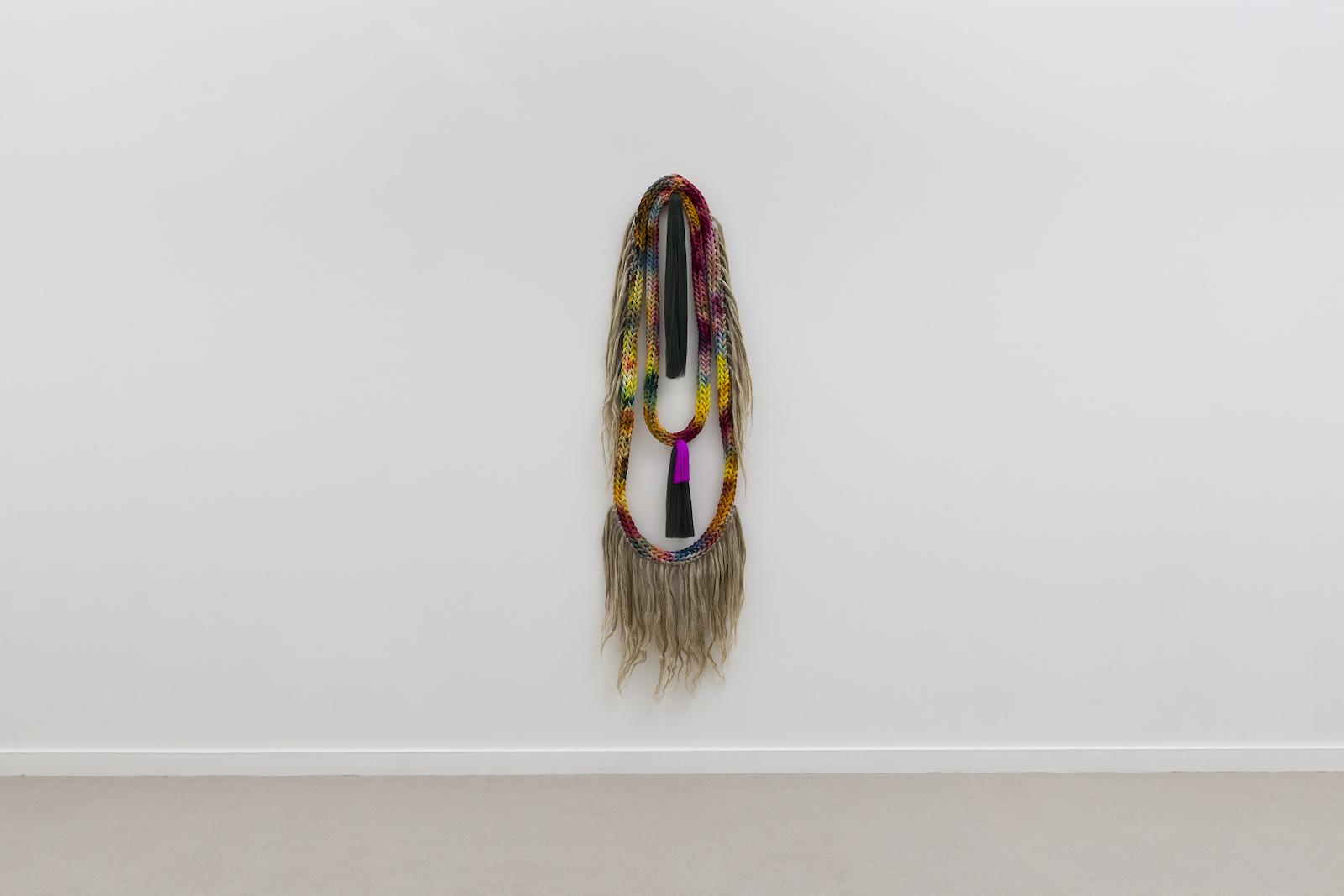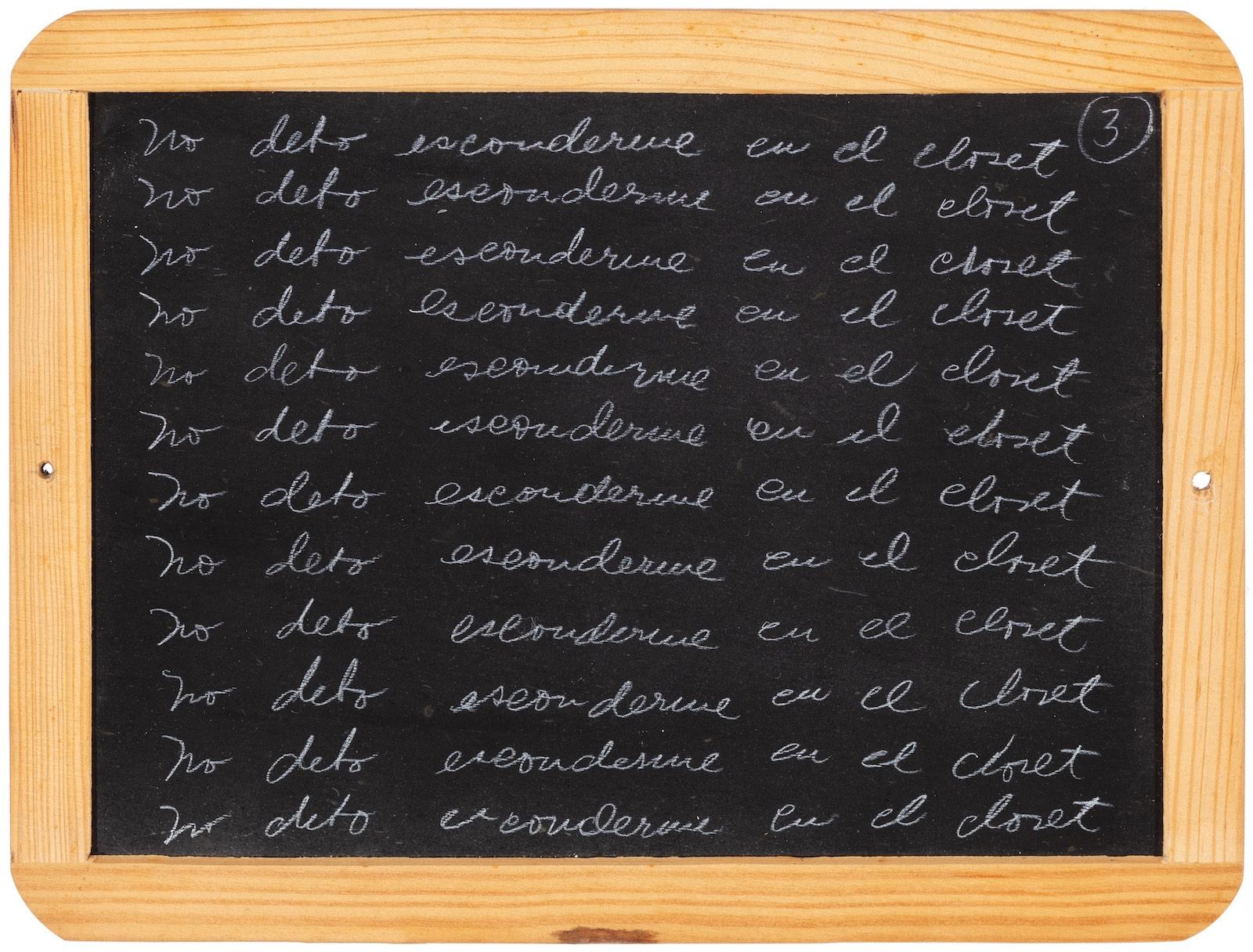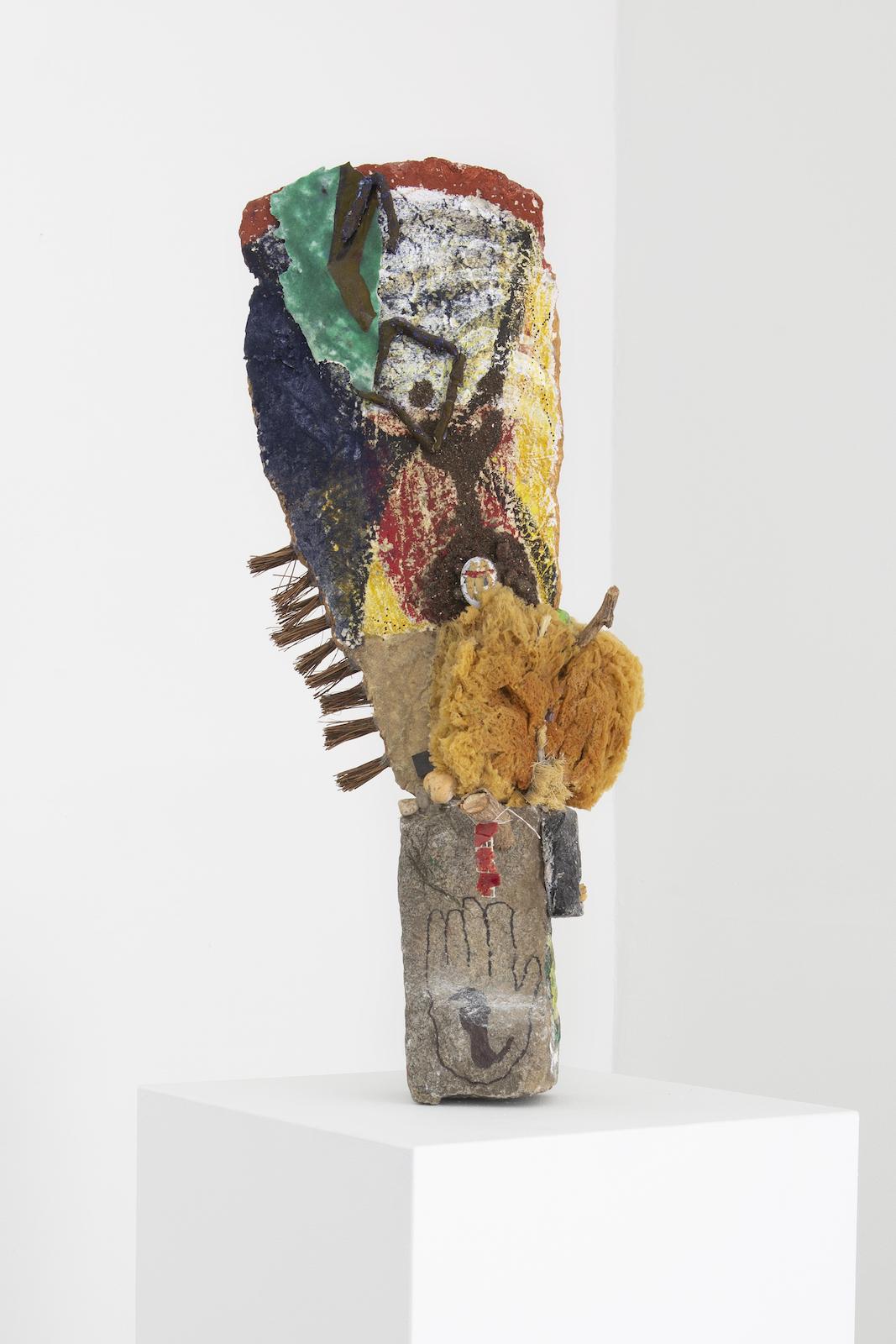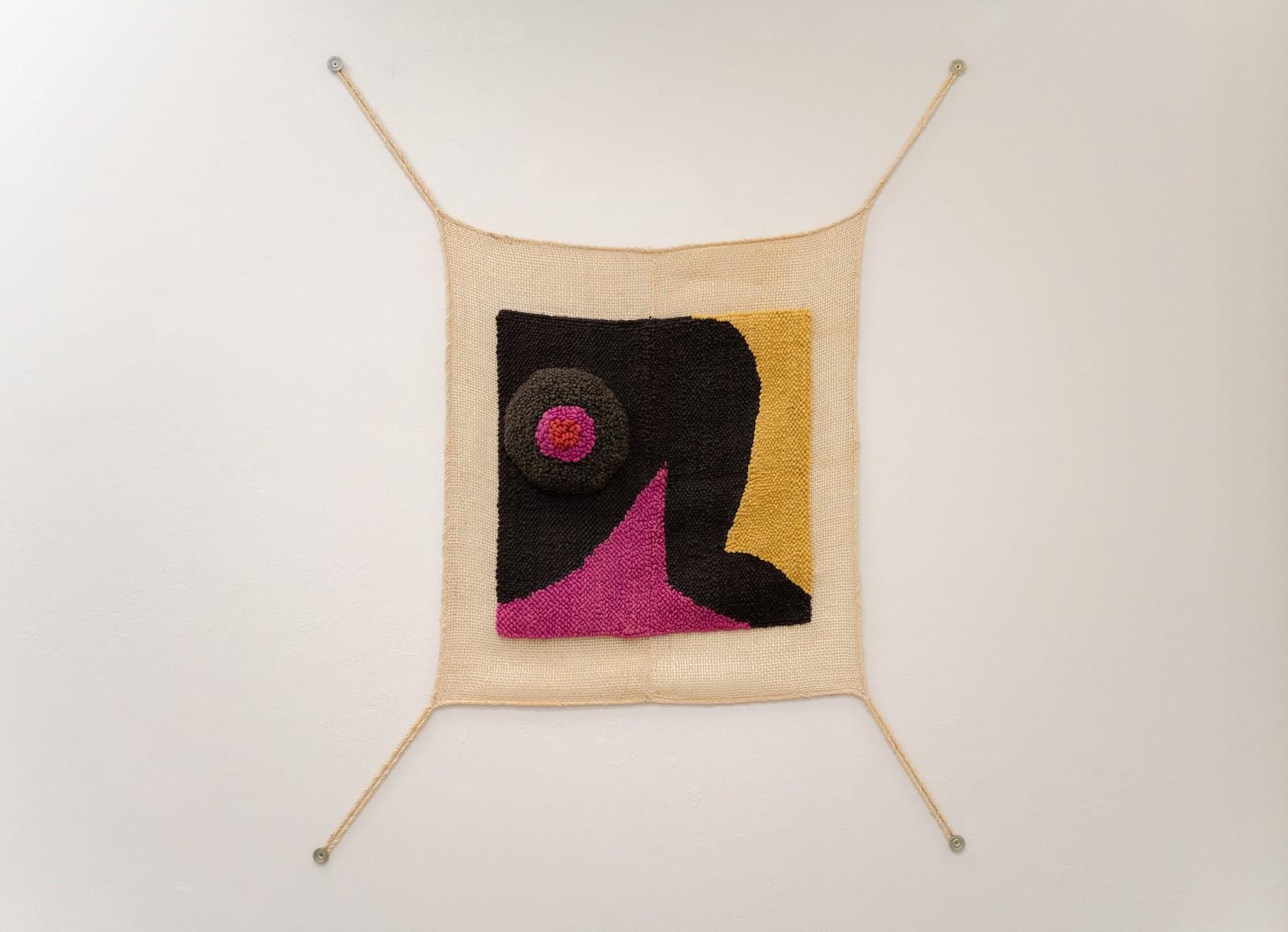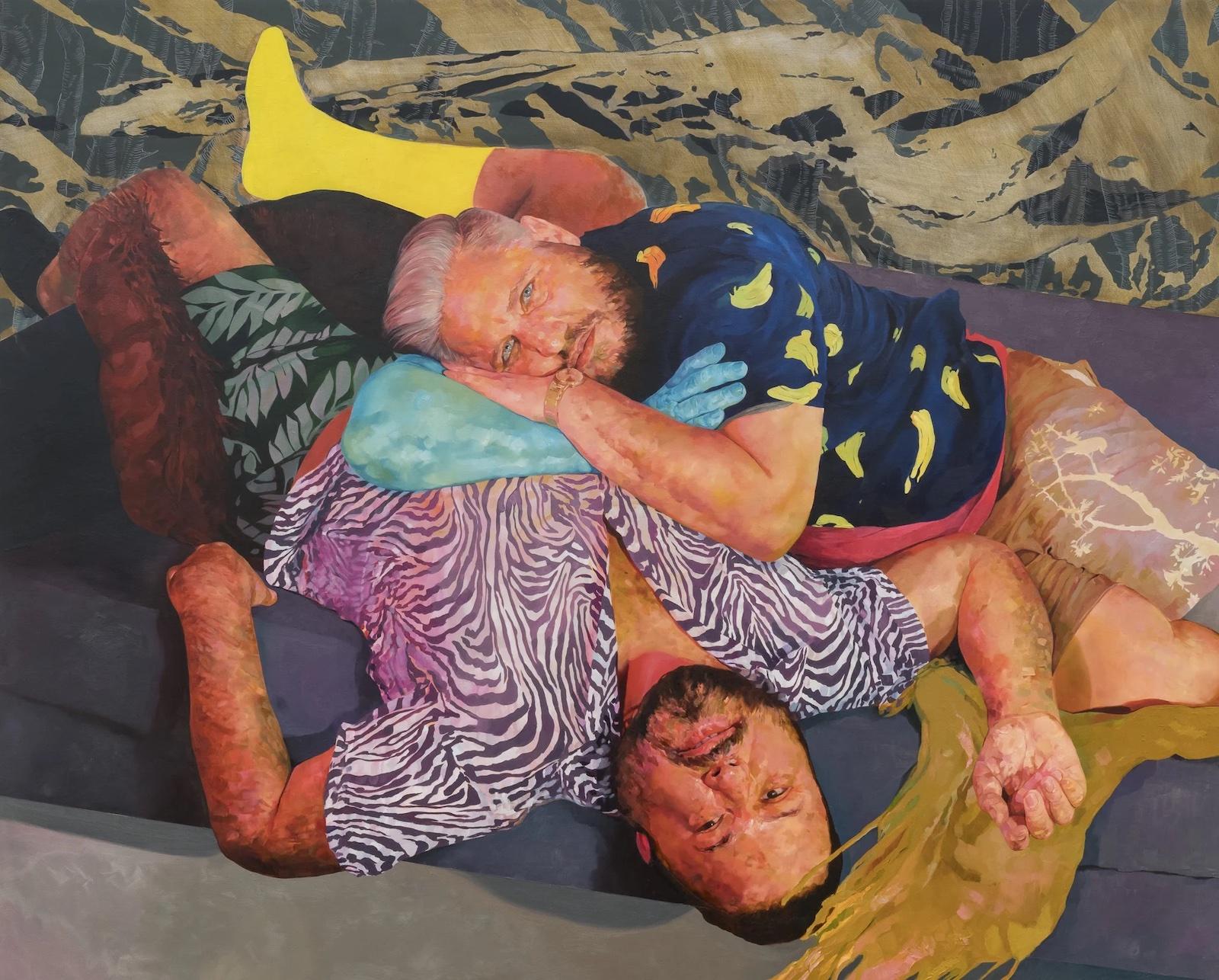Priscilla Monge at Hutchinson Modern & Contemporary, New York
Costa Rican artist Priscilla Monge is one of the better-known female artists from Central America and she has participated in the Global Feminism show at the Brooklyn Museum. It has not been fully acknowledged how important her drawings are in both their criticism of the patriarchy and its structures and their exploration of the overlap between private and public spaces. Subversive, her drawings in combination with photographs explore a feminist critique of ‘the natural’ and the power of the narrative in communication.
José Castiella and Keita Miyazaki at Rosenfeld, London
Rosenfeld presents two artists, José Castiella and Keita Miyazaki. Artist Miyazaki witnessed the Japanese Tsunami of 2011 and the ecological devastation that followed in its wake. At that time, a great part of the country’s industrial society was swept away. Miyazaki is coming from a deeply felt position on global warming and the destruction it can reek on the environment. His welded sculptures warn of ecological disaster. Also being shown by Rosenfeld are the Boschian compostisions of Castiella.




